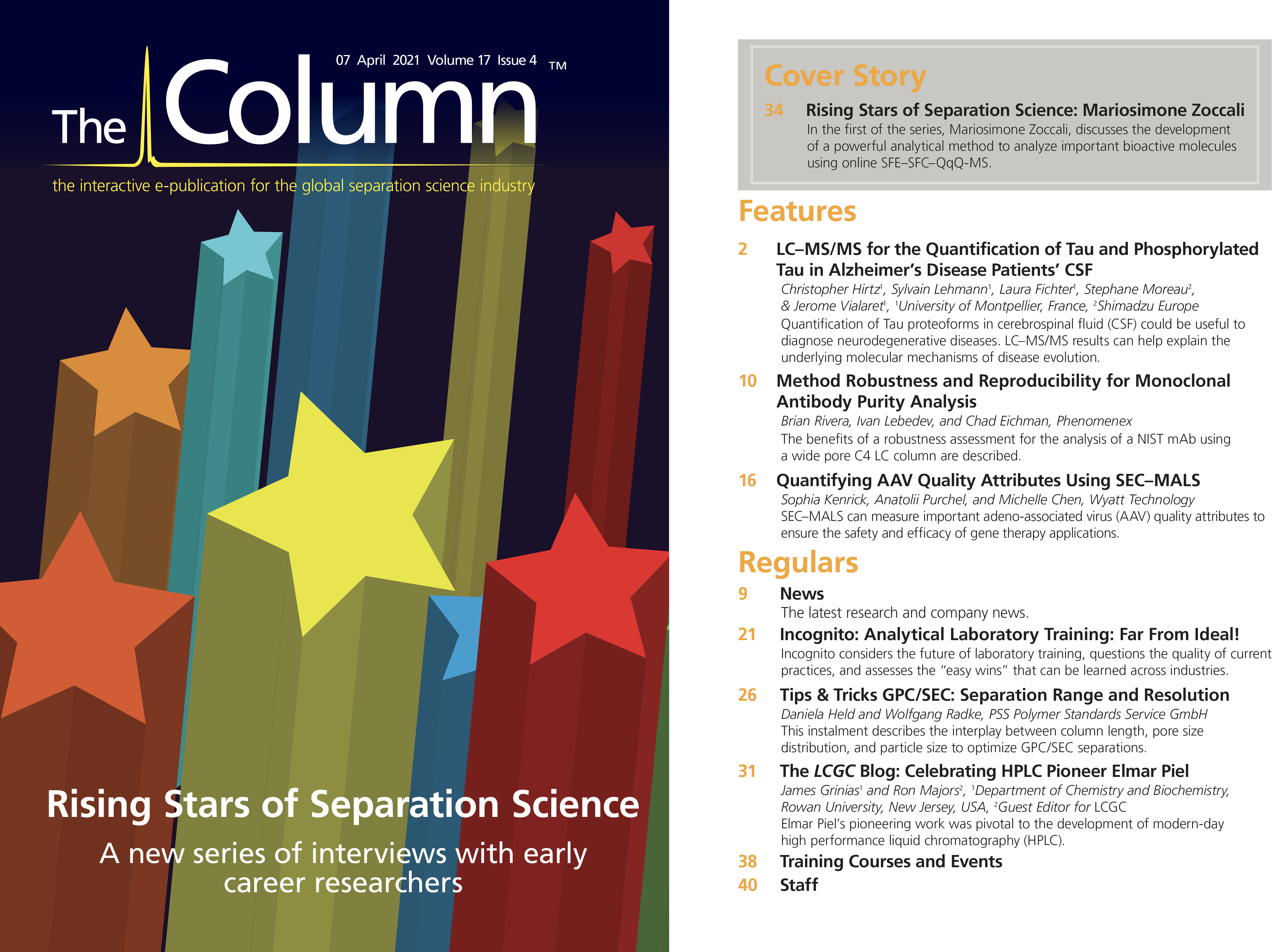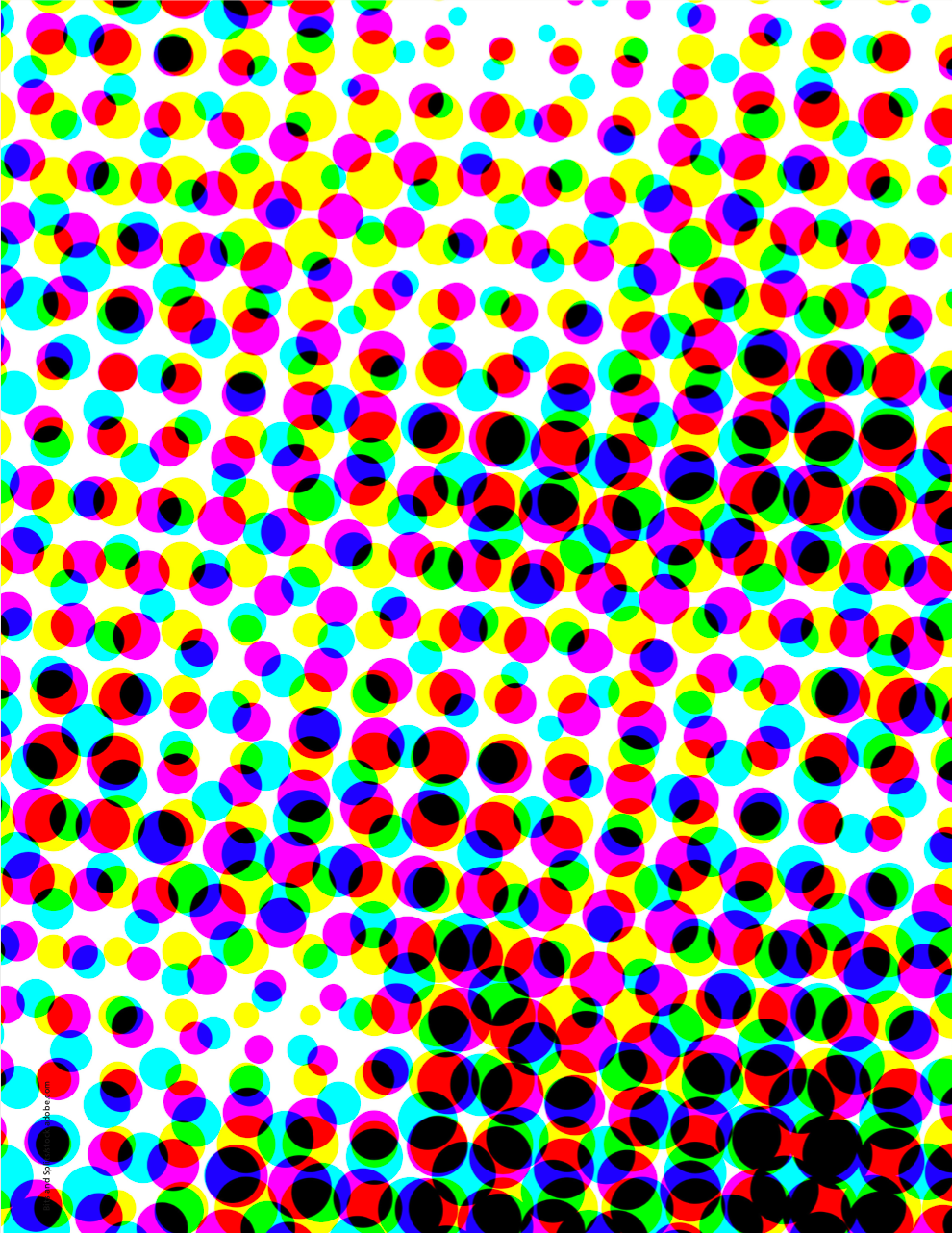Non-Targeted Chemical Fingerprinting of Phytotoxins in Environmental Matrices
Researchers from the University of Copenhagen (Denmark) have developed a novel, sensitive, and reliable analytical method to analyze phytotoxins in environmental matrices using reversed‐phase liquid chromatography with electrospray ionization high‐resolution mass spectrometry (RPLC–ESI‐HRMS).
Phytotoxins have been classified as chemicals of emerging concern (CECs) (1). This class of secondary plant metabolites has gained attention because of their impact on the environment and potential adverse affects on human health. The development of new analytical methods to analyze these compounds is therefore highly desirable, and new methods for the targeted and non‐targeted screening analysis of phytotoxins in environmental samples are in demand. The researchers from Copenhagen developed a non‐targeted RPLC–ESI‐HRMS method to identify five major groups of phytotoxins—steroids, alkaloids, flavonoids, terpenoids, and aromatic polyketides—in environmental matrices.
A novel, sensitive method for the targeted and non‐targeted screening of phytotoxins was developed. This new non‐targeted screening method was 40 times more sensitive than previous methods, according to the researchers, and allowed more than 30 phytotoxins to be identified from soil and water samples. The researchers suggested that for a balance between sensitivity, number of compounds detected, high‐throughput, and peak capacity, a mobile phase consisting of 5 mM furmic acid at pH 3.0 with a gradient of 0.95% acetonitrile over 30 min should be used for both ESI + and ESI − with a column temperature of 25 °C.
In this study, the researchers also established that the negative ionization of phenols was assisted by the number of hydroxyl groups present on the ring rather than on their substitution position. This new RPLC–ESI‐HRMS method will help to understand the fate of phytotoxins in the environment and assist in developing guidelines to monitor phytotoxins for public health, according to the researchers.
Reference
1. X. Liang, J.H. Christensen, and N.J. Nielsen, J. Chrom A. 1642, 462027 (2021).

Investigating 3D-Printable Stationary Phases in Liquid Chromatography
May 7th 20253D printing technology has potential in chromatography, but a major challenge is developing materials with both high porosity and robust mechanical properties. Recently, scientists compared the separation performances of eight different 3D printable stationary phases.
Detecting Hyper-Fast Chromatographic Peaks Using Ion Mobility Spectrometry
May 6th 2025Ion mobility spectrometers can detect trace compounds quickly, though they can face various issues with detecting certain peaks. University of Hannover scientists created a new system for resolving hyper-fast gas chromatography (GC) peaks.
University of Oklahoma and UC Davis Researchers Probe Lipidomic Profiles with RP-LC–HRMS/MS
May 6th 2025A joint study between the University of Oklahoma Health Sciences Center (Oklahoma City, Oklahoma) and the UC Davis West Coast Metabolomics Center (Davis, California) identified differentially regulated lipids in type 2 diabetes (T2D) and obesity through the application of reversed-phase liquid chromatography-accurate mass tandem mass spectrometry (RP-LC-accurate MS/MS).

.png&w=3840&q=75)

.png&w=3840&q=75)



.png&w=3840&q=75)



.png&w=3840&q=75)













